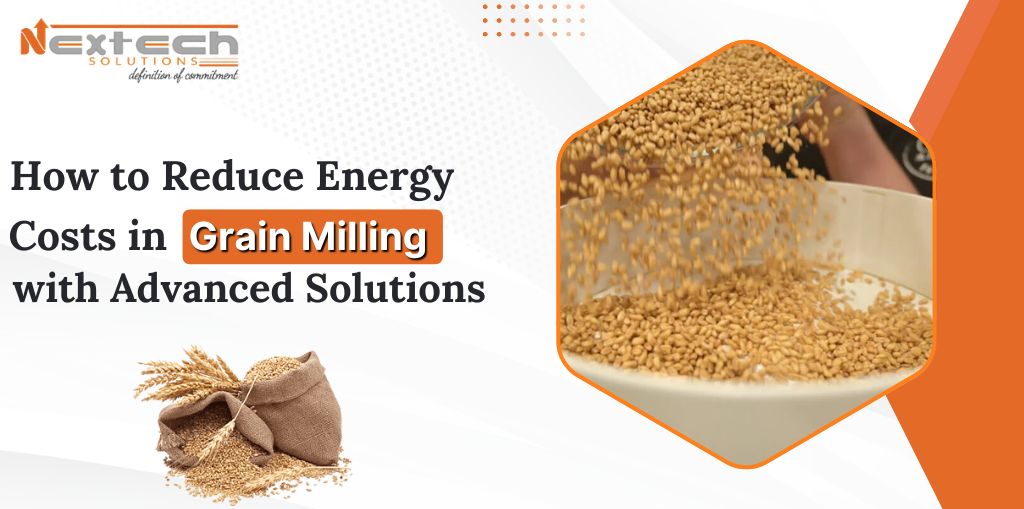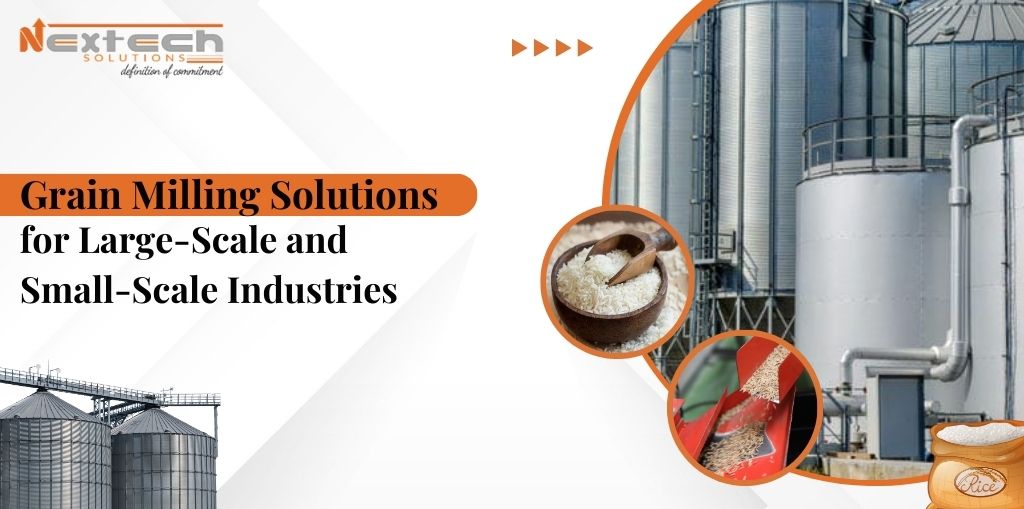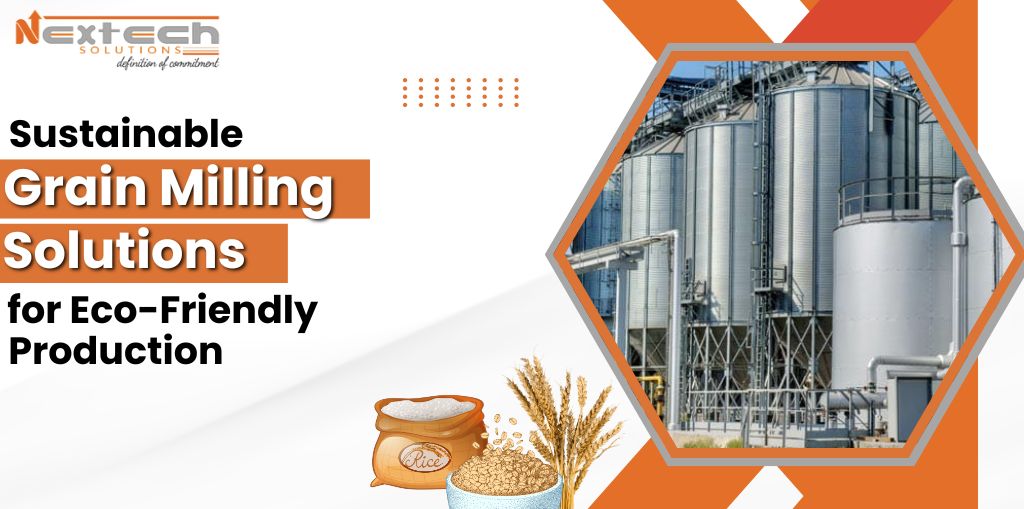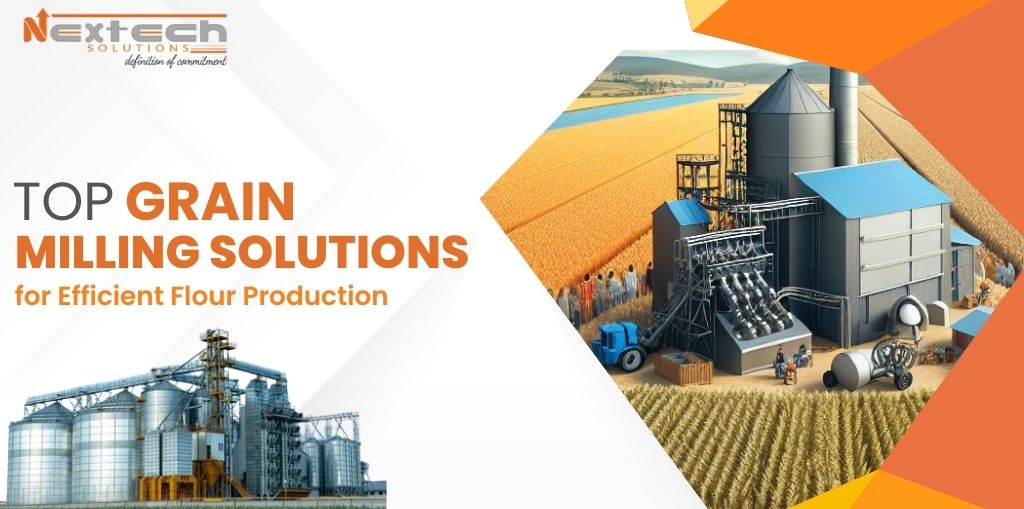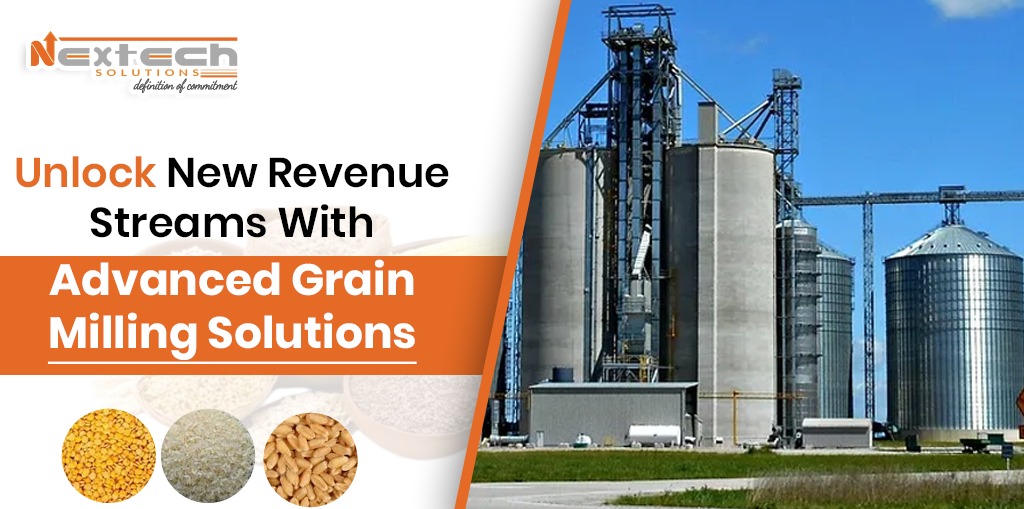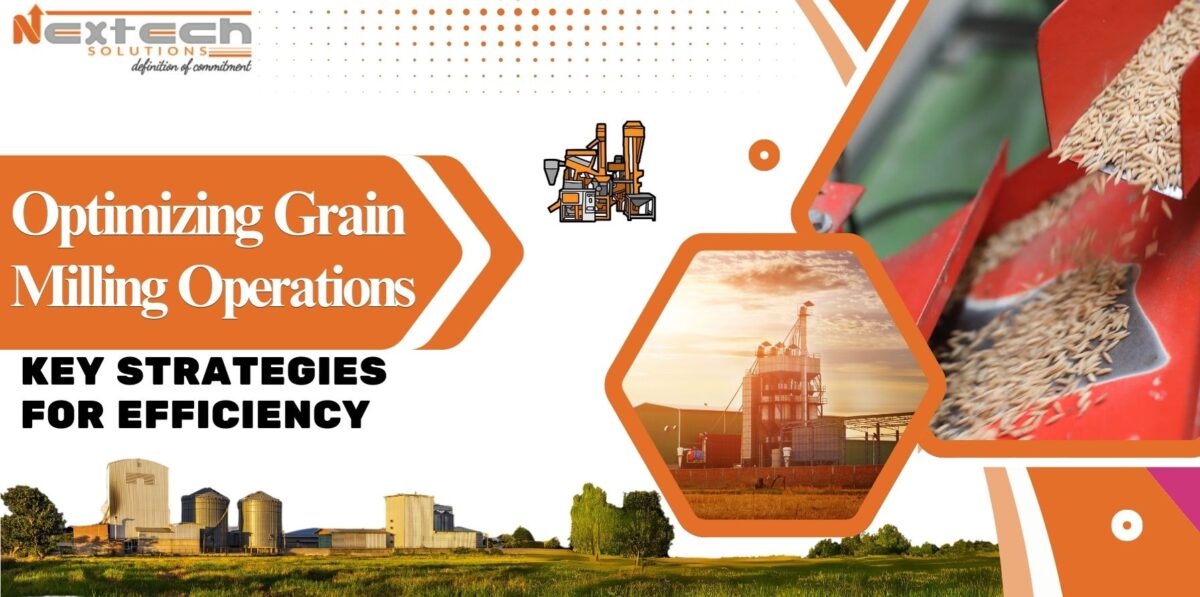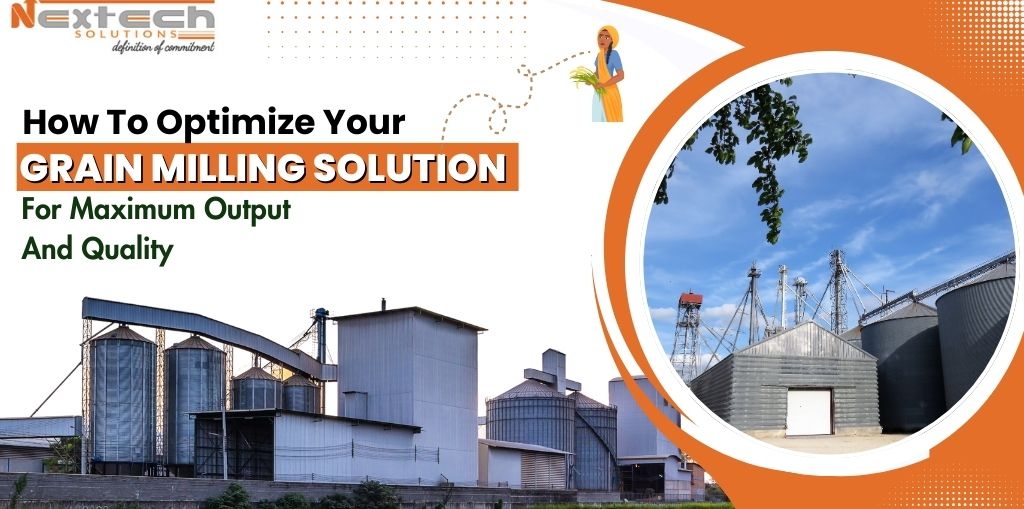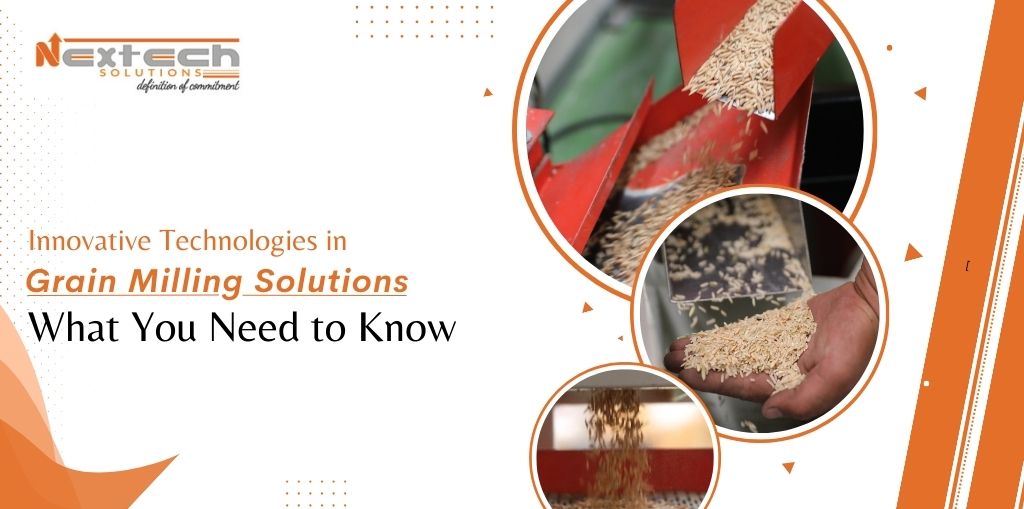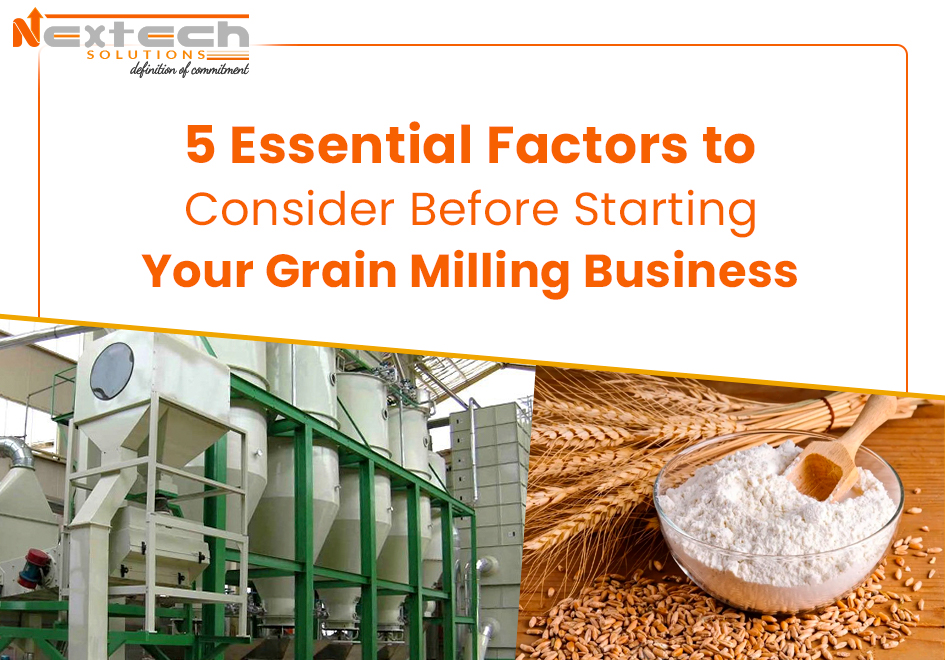Introduction
One of the greatest operating expenses for the grain milling sector is energy usage. As energy costs increase and sustainability is of greater importance, mill operators are keen on reducing energy expenditure without compromising on efficiency. Advanced grain milling solutions are capable of helping companies optimize operations, boost productivity, and avoid energy waste. Here, we discuss how new technologies and best practices can help save energy in grain milling, especially in the rice mill project and rice mill business segments.
Grasping Energy Consumption in Grain Milling
Grain milling involves multiple energy-consuming processes, including cleaning, conditioning, grinding, and packaging. The primary sources of energy expenditure in a rice mill project are:
- Milling Equipment Operations – Rice hullers, polishers, and sorters are high-energy equipment that use a lot of power.
- Air Compressors – Air compressors find application in pneumatic control systems and consume a lot of energy, thus adding a significant percentage to the energy bill.
- Steam Generation and Drying – Steaming, drying, and parboiling of rice demand a lot of heat energy.
- Lighting and Ventilation – Right light and airflow are required for ensuring optimum working conditions.
Advanced Solutions to Minimize Energy Expenses in Grain Milling
1. Energy-Efficient Equipment
Advanced milling machinery is engineered to use less energy with increased output. Replacement of machinery with energy-efficient models like automatic rice milling machines can greatly lower power usage. Some of the major advantages are:
- Lower Power Consumption – Newer models of milling machines have lower energy levels with high output.
- Optimized Performance – Smart automation enables improved control over the milling operation leading to reduced wastage of energy.
2. Process Optimization and Automation
Investment in high-end automation systems can optimize grain milling solutions by minimizing manual intervention and increasing efficiency. Some of the major automation advantages are:
- Automated Control Systems – Intelligent software is able to monitor and manage milling parameters in real-time, minimizing unnecessary energy consumption.
- Predictive Maintenance – IoT-based systems can identify machinery inefficiencies at the early stages, avoiding loss of energy through malfunctioning equipment.
3. Adoption of Renewable Energy Sources
Transitioning to renewable energy sources offers long-term cost benefits and sustainability advantages. A few effective strategies are:
- Solar Power Integration – Integrating solar panels is a major step towards reducing reliance on traditional power sources.
- Biomass Energy Utilization – Utilizing rice husk as fuel for steam generation is an environmentally friendly and economical means of powering milling operations.
4. Heat Recovery Systems
Heat loss in grain drying and parboiling can be reduced by adopting heat recovery systems. These systems recover waste heat and utilize it for preheating or drying operations, lowering overall energy usage.
- Waste Heat Recovery Boilers – Recover excess heat from processing units and convert it into usable energy.
- Heat Exchangers – Enhance efficiency in steam-powered milling processes.
5. Air Compressor and Ventilation Optimization
Air compressors and ventilation systems are necessary for ensuring adequate airflow and dust particle removal from the mill. They can, however, be significant energy sinks if not optimized.
- Variable Frequency Drives (VFDs) – Vary air compressor speed according to demand, minimizing power wastage.
- High-Efficiency Ventilation Systems – Enhance airflow while reducing energy usage.
6. Scheduling Regular Equipment Maintenance
Malfunctioning machinery can create inefficiencies in energy use, raising operating costs. Regular maintenance can ensure that:
- Equipment lifespan is improved – Properly maintained machines use less energy and run more efficiently.
- Downtimes are minimized – Avoid unexpected machine breakdowns that can cause production delays and increased power consumption.
How Nextech Agri Solutions Can Help
Nextech Agri Solutions is a prominent provider of state-of-the-art grain milling solutions, providing cutting-edge technologies and professional consulting to enable businesses to become energy efficient. Their areas of expertise are:
- Designing and deploying energy-efficient rice mill business solutions.
- Supplying automation and optimization strategies according to particular milling needs.
- Helping to integrate renewable energy alternatives in order to decrease operating costs.
Conclusion
Minimizing energy expenditure in grain milling is crucial for maximizing profitability and sustainability. Through the adoption of innovative grain milling solutions, including energy-efficient equipment, automation, and renewable energy integration, owners of mills can greatly reduce their energy costs. Companies operating in the rice mill project industry can leverage professional guidance and innovative technologies offered by Nextech Agri Solutions, with a guarantee of optimal performance and minimal energy use.
Implementing these measures will not only save costs but also lead to a more environmentally friendly and sustainable milling industry.
 MAIL US :
MAIL US :
 CALL US :
>
CALL US :
>
